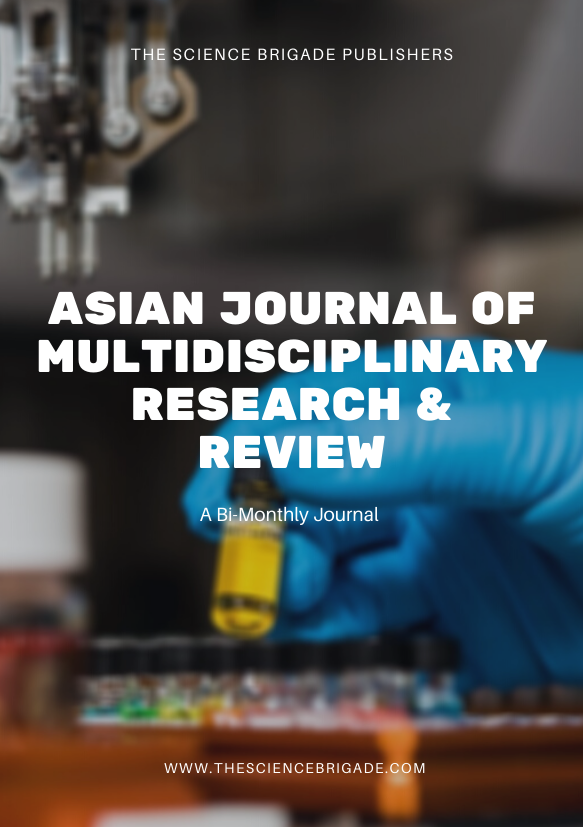The discovery of penicillin has changed the way we treat bacterial infections, and it is one of the most spectacular medical discoveries of the 20th century. St Mary’s Hospital in Paddington – London is the birthplace of this remarkable finding, and it is a fitting tribute to the work of sir Alexander Fleming. Visitors to the hospital can take a tour and visit the very room in which the discovery was made, as well as the museum dedicated to the history of penicillin. It is a place which reminds us; that sometimes great discoveries can come from the most unlikely of places – in this case, a messy mould in a petri dish…
Where Messy Mould Became a Bacteria Killer: Story About St. Mary’s Hospital, Paddington, London, UK
Metrics Not Available becuase DOI is Not Assigned [Get DOI]
Publication Information
Journal Title: Asian Journal of Multidisciplinary Research & Review
Author(s): Karolina Harasimowicz & Beata Niedzwiedzka
Published On: 06/03/2023
Volume: 4
Issue: 1
First Page: 82
Last Page: 85
ISSN: 2582-8088
Publisher: The Law Brigade Publisher
Cite this Article
Karolina Harasimowicz & Beata Niedzwiedzka, Where Messy Mould Became a Bacteria Killer: Story About St. Mary’s Hospital, Paddington, London, UK, Volume 4 Issue 1, Asian Journal of Multidisciplinary Research & Review, 82-85, Published on 06/03/2023, Available at https://ajmrr.thelawbrigade.com/article/where-messy-mould-became-a-bacteria-killer-story-about-st-marys-hospital-paddington-london-uk/
Abstract
Keywords: Penicillin, history of antibiotics, St Mary’s London, Imperial College London, Alexander Fleming Laboratory Museum
Share this research
Latest Publications

License Information
Copyright © [hfe_current_year]
Karolina Harasimowicz & Beata Niedzwiedzka

Ownership and Licensing:
Authors of this research paper submitted to the Journal of Science & Technology retain the copyright of their work while granting the journal certain rights. Authors maintain ownership of the copyright and have granted the journal a right of first publication. Simultaneously, authors agreed to license their research papers under the Creative Commons Attribution-NonCommercial-ShareAlike 4.0 International (CC BY-NC-SA 4.0) License.
License Permissions:
Under the CC BY-NC-SA 4.0 License, others are permitted to share and adapt the work, as long as proper attribution is given to the authors and acknowledgement is made of the initial publication in the Journal of Science & Technology. This license allows for the broad dissemination and utilization of research papers.
Additional Distribution Arrangements:
Authors are free to enter into separate contractual arrangements for the non-exclusive distribution of the journal’s published version of the work. This may include posting the work to institutional repositories, publishing it in journals or books, or other forms of dissemination. In such cases, authors are requested to acknowledge the initial publication of the work in the Journal of Science & Technology.
Online Posting:
Authors are encouraged to share their work online, including in institutional repositories, disciplinary repositories, or on their personal websites. This permission applies both prior to and during the submission process to the Journal of Science & Technology. Online sharing enhances the visibility and accessibility of the research papers.
Responsibility and Liability:
Authors are responsible for ensuring that their research papers do not infringe upon the copyright, privacy, or other rights of any third party. The Journal of Science & Technology and The Science Brigade Publishers disclaim any liability or responsibility for any copyright infringement or violation of third-party rights in the research papers.




